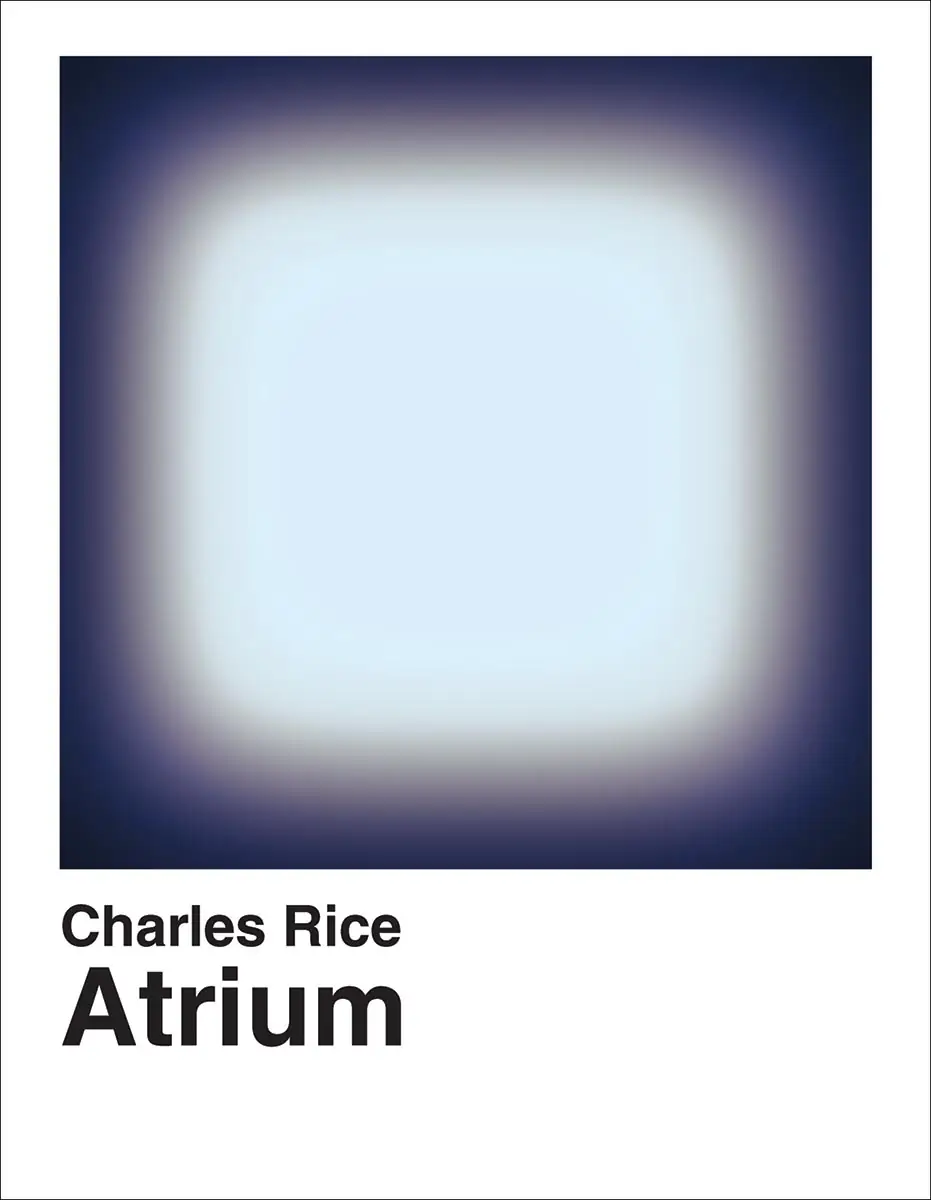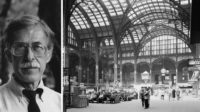Atriums might include the visual spectacle of skyward-bound elevator cabs, or gravity-defying bridges floating high overhead. They might be peppered with eateries, or art, or lounges accompanied by lush foliage. Often, they are considered an extension of the public realm, maintained under the watchful stewardship of private caretakers. But there is more to these soaring spaces than meets the eye.

Atrium, by Charles Rice. MIT Press, 216 pages, $45.
“It is not simply a large indoor space as might be required by a specific function or type, such as the foyer in a theater, the concourse in a transit station, or the vault of a glasshouse, arcade, or shopping mall,” writes architectural historian and theorist Charles Rice in Atrium. Unlike those examples, he contends, these expansive voids do not necessarily belong to the building types in which they appear. An office, commercial tower, or a hotel may very well have one—or not—and function all the same. What they lack in programmed use, they can make up in awe inspired. What exactly gave rise to them?
Rice makes clear from the get-go that this book does not trace the genealogical origins of the atrium. Instead, he ruminates on issues grounded in the latter half of the 20th century—late capitalism, rapid deregulation, and new land-use laws among them—that created a market ripe for this architectural novelty, particularly in the United States and the United Kingdom.
Each of the book’s five chapters—taking the gerund names “Forming,” “Regulating,” “Conditioning,” “Organizing,” and “Cultivating”—explores the many ways these interior enclosures mediate architecture, urbanism, material, and legislation through specific case studies. Although Rice begins by positioning the atrium within a political-theoretical framework, he quickly moves into more tangible territory and showcases his subject-matter expertise. (He previously authored the 2016 book Interior Urbanism: Architecture, John Portman and Downtown America on the architect-developer and atrium impresario.)
The second chapter, for example, delves into the challenges posed by governing atriums—particularly with regard to fire safety, the 1973 early morning blaze that broke out in the Blue Max nightclub of Portman’s Hyatt Regency O’Hare hotel serving as a point of departure. The event made readily apparent that these voids, left unregulated and poorly designed, could quickly fill with an asphyxiating and deadly haze. The sheer variety in shape and size of atriums confounded fire safety engineers, and the task of defining them, merely to codify best practices, proved daunting as well. Another chapter of the book explores how atriums challenged the notion of a totally sealed built environment, an idea that had emerged following the advent of air-conditioning. Yet another discusses how they have helped to organize workforces and shape office culture.
Readers encounter plenty of expected names, including Portman, Richard Rogers, Kevin Roche, and Raymond Moriyama, but, in examining one space after another, Rice also introduces lesser-known buildings by the likes of Welton Becket, Niels Torp, and Ralph Erskine—and reveals their significance. Despite being a brisk read, the volume Rice has produced fills the void, so to speak. Atrium brims with architectural episodes that deftly balance lofty ideas with technical, nitty-gritty nuance.






Post a comment to this article
Report Abusive Comment